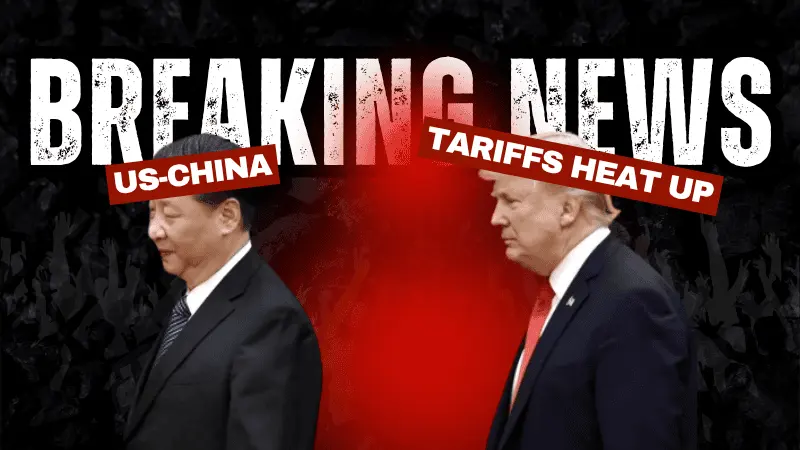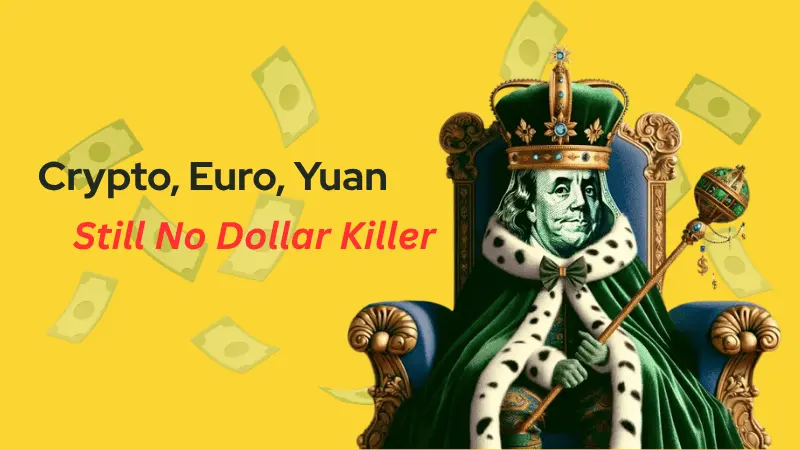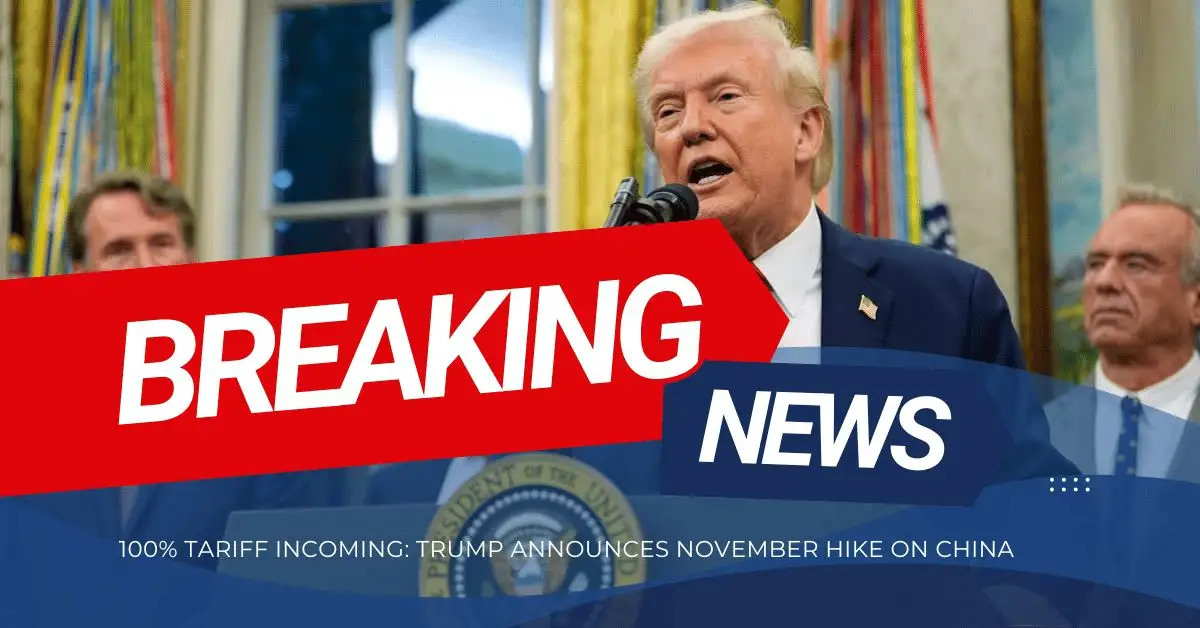简体中文
繁體中文
English
Pусский
日本語
ภาษาไทย
Tiếng Việt
Bahasa Indonesia
Español
हिन्दी
Filippiiniläinen
Français
Deutsch
Português
Türkçe
한국어
العربية
South African Central Bank hikes its interest rate by 75 basis points
Abstract:The South African Central Bank has once more increased its interest rate by 75 basis points during its committee meeting last week. This brings its current interest rate to 6.25% while the prime lending rate will be slated at 9.75% against the previous record of 9%.

By: Chime Amara

In a bid to fight the rising inflations, the South African Central Bank has again embarked on another aggressive interest rate hike for the South African rand by 75 basis points during its Committee meeting last week. This brings its current interest rate to 6.25% while the prime lending rate will be slated at 9.75% against the previous record of 9%.
This marks the sixth consecutive interest rate hike by the South African Reserve Bank (SARB) in 2022.
Having raised its interest rate by over 275 basis point from November 2021 till the present moment, analysts now expect the SARB to slow down in its rate of rate hikes during its final meeting for this year in November.
The committee members of the SARB have remained hawkish during its previous meetings so far this year. A more aggressive stance was exhibited by the committee members during its meeting last week. While two members voted for a 100 basis points hike, the remaining three voted for a 75 basis points instead.
The majority count members seem to have taken count of the reduction in the inflation rate which slowed down to 7.6% YoY in August against the previous record of 7.8% in July. Though this is still far above the committee target of 3%.
This means we can expect the interest rate hike to continue up to the following year till the committee's target is achieved.
Speaking on the need to cut down the high inflation rate, by all means, the SARB governor Lesetja Kganyago remarked that the committee will continue in its efforts in fighting inflations as failure to do so would be detrimental to the economy in the long run.
Above all, the SARB also revised its forecast for the economy to grow by 1.9% in 2022 against its previous forecast of 2%.
South African economy has been so much influenced by the effects of the Russian-Ukraine wars that increased the price of oil and other import products across the globe.

Disclaimer:
The views in this article only represent the author's personal views, and do not constitute investment advice on this platform. This platform does not guarantee the accuracy, completeness and timeliness of the information in the article, and will not be liable for any loss caused by the use of or reliance on the information in the article.
Read more

US-China Tariffs Heat Up—Pause Still Possible, Says Bessent
President Trump signaled the U.S. and China are effectively in a trade war, even as Treasury Secretary Scott Bessent left room to extend a current tariff pause and a Trump–Xi meeting remains on the calendar. After floating a new 100% tariff on Chinese goods from Nov. 1, tensions seesawed amid Chinese sanctions and U.S. threats over soybeans. Some U.S. tariffs (up to ~145%) are paused until Nov. 10, with a Supreme Court test of “reciprocal” tariffs looming. Companies are adapting unevenly—Stellantis expanding in the U.S., while Apple deepens ties in China—suggesting continued market volatility.

Crypto, Euro, Yuan: Still No Dollar Killer
Despite frequent “de-dollarization” headlines, the U.S. dollar remains unrivaled due to unmatched market depth, global usability, and trusted legal/institutional frameworks. Crypto and other currencies (euro, yuan) lack the stability, convertibility, and infrastructure required to replace the USD, while the Fed’s credibility and the scale of U.S. financial markets continue to anchor demand. Bottom line: no alternative currently offers a complete, credible substitute for the dollar’s global role.

100% Tariff Incoming: Trump Announces November Hike on China
The U.S. will impose an additional 100% tariff on Chinese imports starting Nov. 1, 2025—potentially earlier—alongside new export controls on “critical software,” escalating tensions after Beijing’s rare-earth curbs, new port fees, a Qualcomm probe, and a halt to U.S. soybean purchases. Stocks fell on the news. Key context: some U.S.-China tariffs remain paused until Nov. 10, a Supreme Court case could reshape Trump’s tariff authority, new U.S. duties on cabinets (Oct. 1) and wood products (Oct. 14) are in force, and a pause on Mexico tariffs is set to end next month.

Gold in Forex Explained: Importance, Smart Trading Tips & Price Triggers
Gold is represented by the XAU/USD pair in the global forex market, reflecting the value of one ounce of gold against the US dollar. Here, XAU represents gold, while USD is obviously the US dollar. Gold acts as a commodity, and the dollar remains the primary currency in this pair. Forex traders use this pair to trade and invest in gold price fluctuations.
WikiFX Broker
Latest News
Forex24 Faces CySEC Fine for Late Compliance Filing
One Wrong Move Wiped Out a Government Retiree’s Lifetime Savings
MH Markets Review 2025: Trading Platforms, Pros and Cons
Octa FX in Pakistan: The Complete Guide to Local Payments, Regulation, and Support
Mekness Review: Traders Report Alleged Fund Scams & Account Blocks
INTERPOL, AFRIPOL Crack Down on Africa Terror Finance
Forex Scam Checker Philippines: Verify Brokers with WikiFX
"Our Business Has Died": Texas Services Sector Sentiment Slumps Further In October
D Prime to Exit Limassol Office Amid Doo Group Restructure
WikiFX Elites Club Committee Concludes Voting! Inaugural Lineup Officially Announced
Currency Calculator



